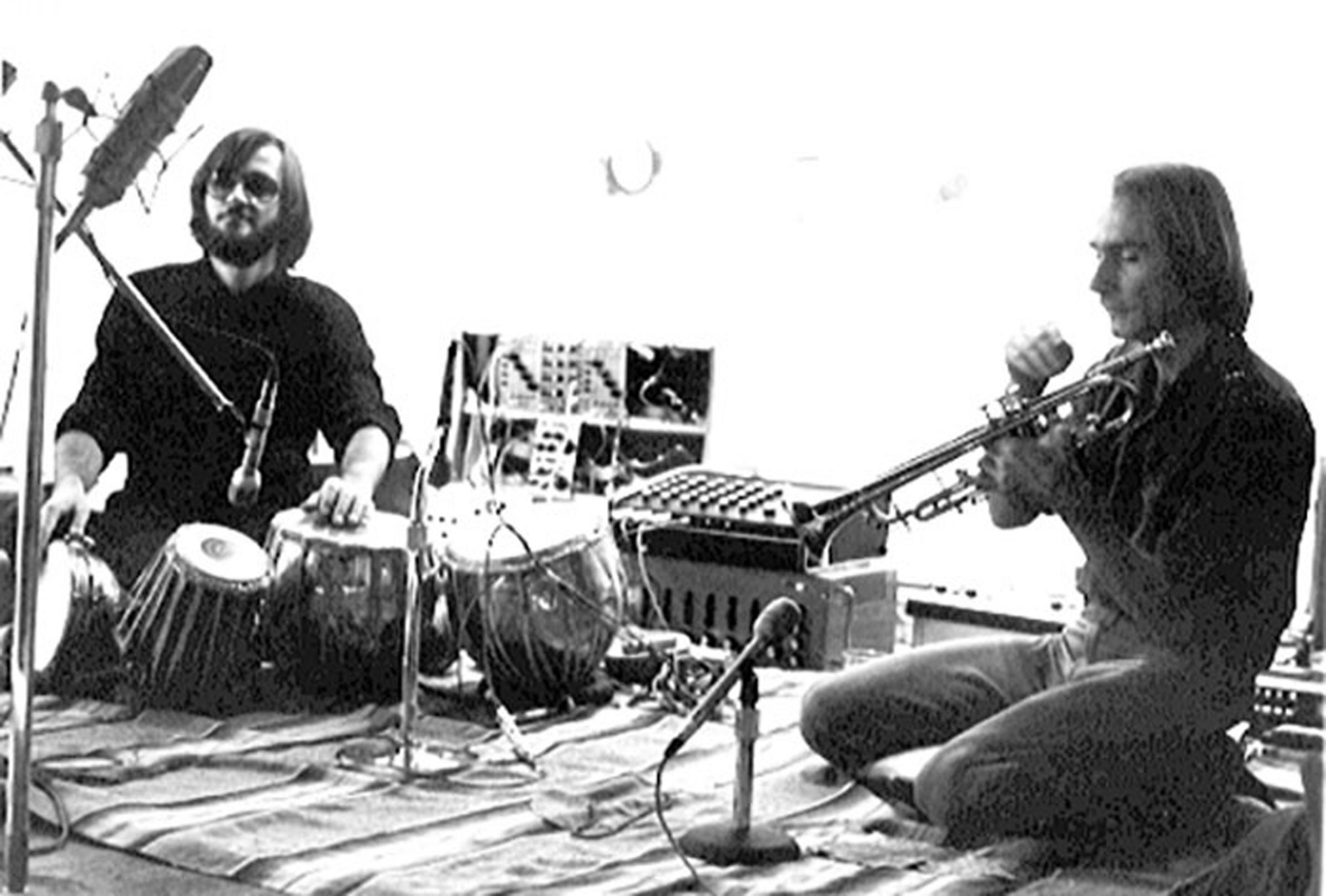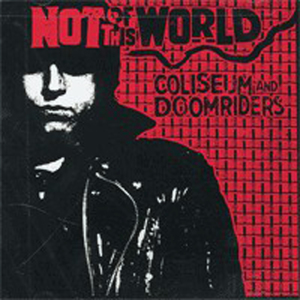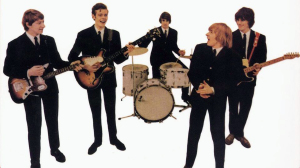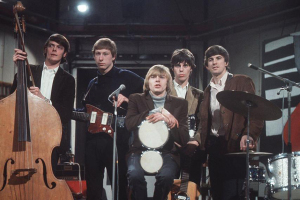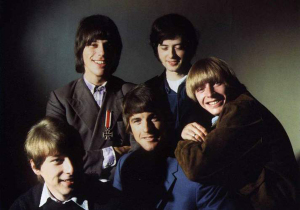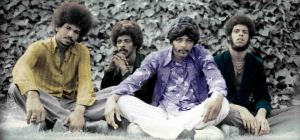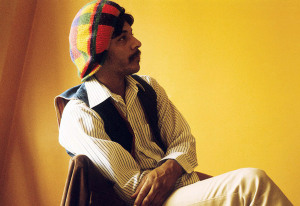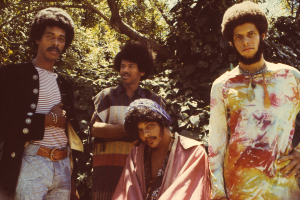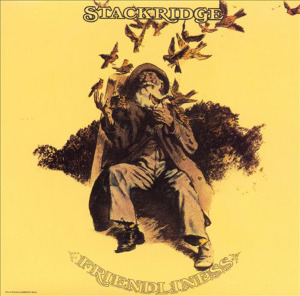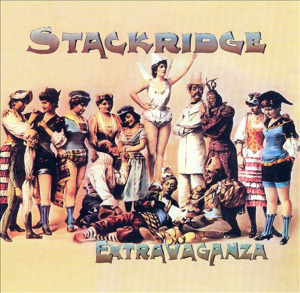(CRAFT RECORDINGS/CONCORD MUSIC GROUP; 2021)

As you may be aware (as am I… painfully!), I don’t write a lot about Jazz. As such, this may very well be the first ever heavy metal Jazz review. So, let’s drop the needle on this thing and see what happens.

YOU MUST BELIEVE IN SPRING is widely considered to be pianist Bill Evans’ magnum opus. Evans most often worked in a trio situation and this album is no different: Bill is joined by bassist Eddie Gomez and drummer Eliot Zigmund, each adding – sometimes by subtraction – just the precise amount of notes that the individual pieces of music required to work. Evans, Zigmund and Gomez entered Hollywood’s Capitol Studios at the end of August, 1977 to begin work on the seven tracks with producers Helen Keane and Tommy LiPuma. With the album ready to go, LiPuma left Warner Brothers and, rather than offer up YOU MUST BELIEVE… to the masses and wait for it to run its productive course, Keane (who also managed Evans) opted to hold it for the end of the very lucrative new contract that had just been signed. The album was shelved in favor of NEW CONVERSATIONS, AFFINITY and WE WILL MEET AGAIN before finally seeing the light of day in February, 1981… five months after Bill Evans’ death.

Evans wrote “B Minor Waltz (For Ellaine)” for his common law wife, Ellaine Schultz, who committed suicide in 1973. The piece is mostly Bill’s piano with backing from Gomez and minimal use of cymbals from Zigmund. Intricate and inspiring, it sets the mood perfectly for the rest of the album. Michael Legrand’s “You Must Believe In Spring” sees Bill stepping back in the midsection, allowing Eddie to solo as Eliot offers a few brash strokes before falling into a nice groove with Gomez. Evans comes charging back to finish the number, evoking the sound and feel of spring showers; the light touch at the end comes like the sun peeking out of the clouds as the rain subsides.

“Gary’s Theme,” was written and recorded by Gary McFarland, a recurring signature on his 1969 album, AMERICA THE BEAUTIFUL (AN ACCOUNT OF ITS DISAPPEARANCE). Its another pastoral piece, with Evans’ deft, airy playing giving as much weight to the notes not played as to the ones played. Written years earlier for his brother, “We Will Meet Again (For Harry),” Bill would re-record it in 1979, following his brother’s suicide (it seems odd, in retrospect, that the second version saw release before the original). Here, Evans offers a more forceful approach to his playing and, again, Gomez and Zigmund command the middle section.

With “Peacocks,” you can almost hear the birds strutting in their finery with every note of Evans’ playing. Eddie offers beauiful – though minimal – support while Eliot colors the sound with light brushes and splashes, making the Jimmy Rowles tune a definite highlight. Even though Zigmund is virtually nonexistent on Sergio Mihanovich’>s “Sometime Ago,” it might just be the most Rock ‘n’ Roll song that ANY Bill Evans Trio ever recorded. The tune is bright and happy, just like a spring day; it’s exuberant, just like a child enjoying the sun and the warmth after a long, dreary winter.

The album ends with “Suicide Is Painless,” better known as “The Theme From MASH.” At the beginning, it seems as though Evans is turning the bouncy Johnny Mandel piece into a dirge, but after a few seconds, the spry, jaunty tune we’re all familiar with comes to the fore. This is perhaps the only time that the trio played as such; obviously, the piano still leads the charge, but Eddie Gomez absolutely lets loose on bass and Eliot Zigmund’s playing is some of the most straight-forward on the whole record. The track is the second longest on the album… just under six minutes, but it seems to end about 20 minutes too soon. I wonder what sorts of improvisations these three talented musicians would have offered up over an extended piece. Though Bill Evans wasn’t around to see the release of his masterpiece, we can be thankful that it wasn’t lost in the shuffle that was (and is) a part of the record industry. As for me, I’m thankful that labels like Craft Recordings exist to breathe new life into classic releases like YOU MUST BELIEVE IN SPRING.






